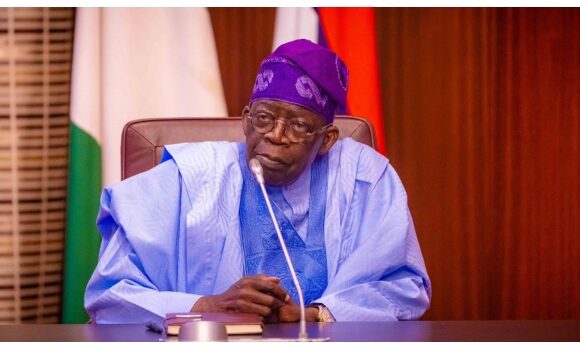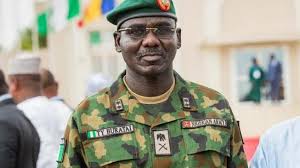The trouble with ‘Abuja Light Rail’ project – Ataguba
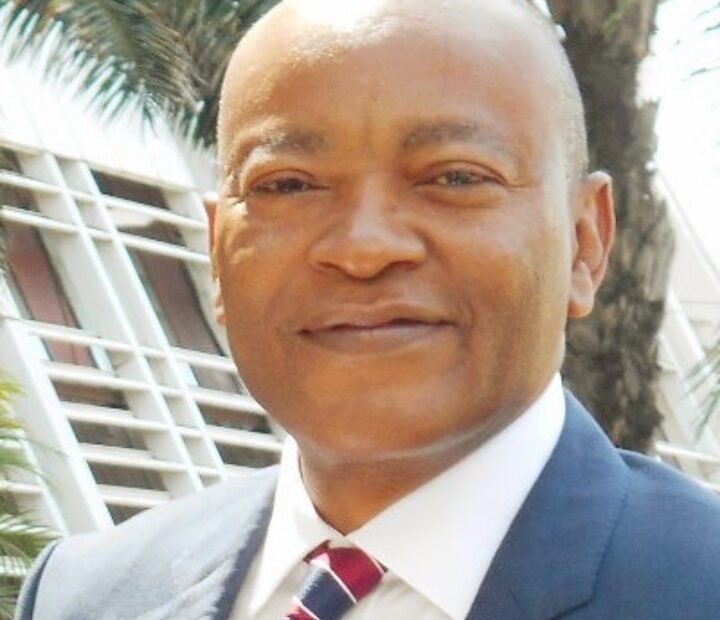
By Rowland Ataguba
Rowland Ocholi Ataguba is the Managing Director of Bethlehem Rail Infrastructure Limited, a dedicated railway project management consultancy in London and Member, Nigeria Railway Corporation, NRC Unbundling Committee for the Federal Ministry of Transportation & Author of the “Memorandum for a Constitution Amendment to transfer railways from the Exclusive to the Concurrent Legislative list that led to the passage of the Constitution Amendment 5th Alteration (No. 16) Act.
In this interview with The Insight, he sheds light on the current situation of the Abuja Light Rail project, a project meant to ease transportation of residents within the Federal Capital Territory, FCT, Abuja.
The Abuja light rail transport system was intended to tackle the difficulties in transportation encountered by residents of the FCT and its adjoining satellite cities. Sir, what would you say about the concept and implementation of the project?
The Rail Mass Transit is provided for in the Abuja masterplan. As with all things Abuja, it is beautiful in concept and provides for inter modal intra city transit. Abuja is one of the few cities in the world that was designed completely prior to its construction and its designers drew inspiration from Brasilia and Canberra, the capitals of Brazil and Australia. The city was designed to accommodate fewer than 2m residents but its population including the satellite towns is now in excess of 7m.
The objective is to create a transit system that meets with the highest standards of excellence which harnesses efficient operations and best management practices of the private sector. Fundamentally, to ensure that Abuja is an excellent place to live and work, a capital city in which Nigerians would be proud of and projects Nigeria’s status as Africa’s giant and economic powerhouse.
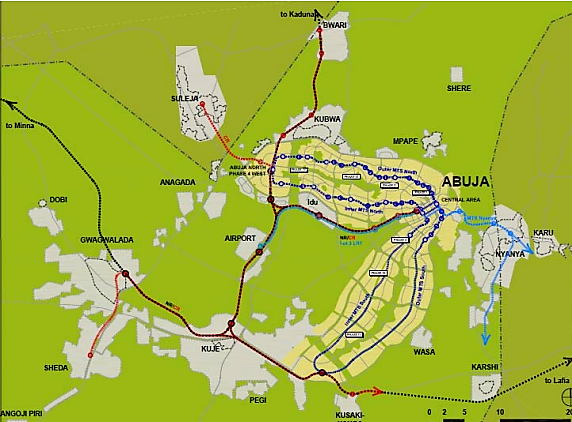
The Abuja Rail Mass Transit System aka Abuja Light Rail. Credt: Rowland Ataguba
Lot 1 (also known as the Blue line) is about 51 km long and originates from Ring Road 1 passing through Transportation Centre in the Central Business District to Gwagwa, a distance of about 24km. It then joins the commuter rail network in a southwardly direction to the airport, a distance of 8km and northwards from Gwagwa to Kubwa, a distance of about 13km. The route traverses the high density areas of Garki, Wuse, Jabi, Life Camp and Gwagwa. Initial demand is estimated at 396,000 passenger trips daily, growing to 830,000 by year 2030.
Lot 2 (or the Red line) covers a distance of about 54km from Nyanya to the Transportation Centre. Beginning from Sector Centre D (Gudu), it will continue for 15km on the transit way through the Interchange Centre to the Gwarimpa FHA Estate. The line then extends further to reach the Blue Line. The total length of the Line is estimated at 54km. The Red Line will have 16 stations with demand expected to be 136,000 passenger trips daily initially projected to grow to 437,000 by 2030.
Lot 3 (or the Yellow Line) runs from Transportation Centre in the Central Business District to the Idu Industrial Area. It will ultimately connect to the Airport, Kuje and Gwagwalada, and connect with the Blue Line at the National Rail junction east of the Idu Industrial Area, south of Gwagwa. The initial demand is estimated at 68,000 passenger trips per day projected to grow to 121,000 by 2030. When eventually taken to the Airport, the total length of the Line would be about 29.5km.
Lot 4 consisting of Lots 4A & 4B is an extension of commuter urban rail line from Kuje to the satellite town of Karshi passing through Keffi to Liudi in Nassarawa State and covering a distance of about 46km, with Lot 4B adding a further distance of 44km consisting of the southern wing of the transit way.
Lot 5 is a commuter urban rail line running from Kubwa to Bwari with a connection to Suleija in Niger State, covering a distance of 31km.
Lot 6 is an extension of the commuter urban rail line originating from the Airport Cargo terminal to Kuje and further on to Gwagwalada. A total distance of 43km.
The Abuja rail concept integrates three railway systems. The rail mass transit aka light rail which is intra city, commuter rail which connects the satellite towns to Abuja and the National rail which is the inter city rail network. All the transit types are designed to run on the same standard gauge tracks though the light rail is designed to be electrified in the future.
The Abuja transit plan provides for interchange between rail and buses to manage the egress and flows of people within the capital territory. Part of the concept was to have only public transport in the central business area and permitting only emergency vehicles and perhaps essential traffic such as presidential and other senior government officials’ motorcades.
Now as with a lot of projects in Nigeria, the concept looks great on paper but when we come to delivery, things head south into incoherence and disappointment.
The plan was for the FCTA to fund the development of the fixed infrastructure for Lots 1 & 3, and proposed to concession operations and maintenance to private operators. As the operations would not be financially viable for a private investor unless he charged uncompetitive fares that would be prohibitive to the vast majority of users, the government would be required to provide subsidies (otherwise known as public service obligation). Lots 2, 4, 5 & 6 were to be concessioned to private operators on design, build, finance, operate and transfer concessions, otherwise known as BOT (build, operate and transfer). Again such investors would require financial support from government. Private operators were to be offered land for property development to support their investment and other revenue opportunities such as advertising to improve the financial viability. The MTR Corporation of Hong Kong rail plus property model being an inspiration.
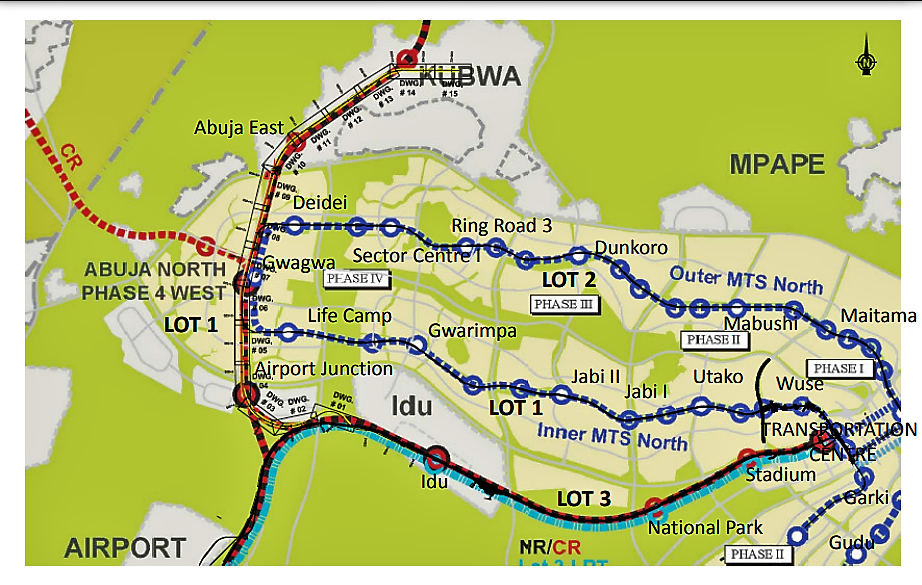
Abuja Light Rail
The first phase was for construction of the fixed infrastructure for Lots 1 and 3 and was awarded to the Chinese contractor CCECC under an EPC contract by the Pres. Obasanjo government a few days to his departure from office. The contract was awarded on 25 May 2007 and at the time the contract was awarded; Nigeria allegedly had about $60bn in the Excess Crude Account (ECA) of which about 50% belonged to the federal government. Yet the succeeding Yar’Adua/Jonathan government that inherited the contract had to borrow $500m from the China Exim bank towards the contract. What that government did with its ECA inheritance remains in the realm of befuddling conjecture.
The EPC contract with CCECC for Lots 1 & 3, was for 60.76km of standard gauge railway tracks, station and depot buildings, bridges, culverts, signaling and communications system, automatic fare collection systems, buildings and fire automation systems, power supply and an extended maintenance for 5 years post completion. The contract sum was $841.65m and contract duration was 4 years implying that the contract was scheduled for completion by 24 May 2011. However, as at 24 May 2011, the contract was only about 20% complete but that was not the whole story. The cost per km of the contract was about $13/km which was significantly higher than the Lagos-Kano modernization contract of $3.4/km and averages for other comparative rail systems in the world such as the Deux Montagnes upgrade in Montreal. In the event, only Lot 3 and part of Lot 1 was built for a reported $820m approx. This is covering a distance of an aggregate of about 45km which works out to $18/km. This would appear an extraordinary price for such railway infrastructure especially as it had no land acquisition costs. Conversely, the Addis Ababa Light Rail which construction commenced long after the Abuja Light Rail phase one contract was awarded has now been in operation for 8 years. Comprising 2 lines of about 34km track length, it was built over 3 years at a total cost of $475m. It was built by the Chinese as well and is operated by a China-Ethiopia spv with an annual ridership of about 150,000. It is also electrified and the construction cost breaks down to about $15/km. When discounted to compare with Abuja, it would be about $11/km or lower if other factors are considered.
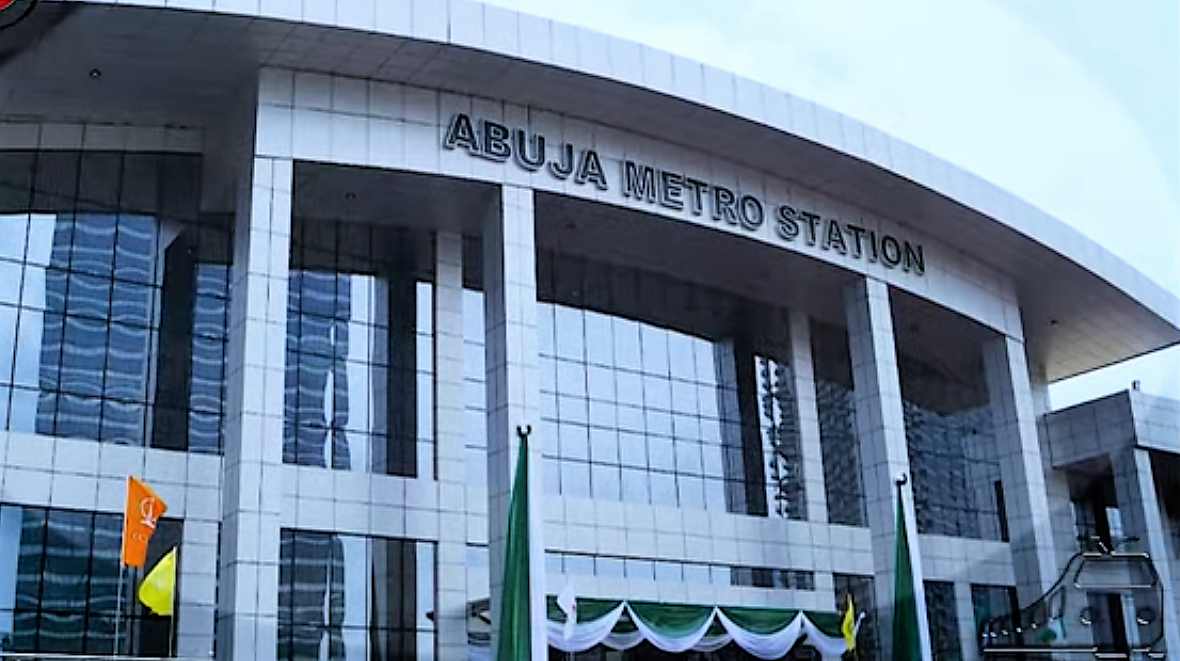
Abuja Metro Station
Now by the original schedule for the Abuja Light Rail phase one, the operations and maintenance concessionaire was to be appointed in 2009 with train operations commencing in 2011. Indeed design and preliminary engineering that was to precede the award of the EPC contract had not commenced as at 2007 when the EPC contract was awarded. The cart went before the horse metaphorically! So it was the case that the construction contract was awarded two years prematurely and before the concept design and preliminary engineering was completed. Records also showed that professional technical supervision was only appointed about September 2010 so it was that the contract was supervised for about 3 years by civil servants who had no prior experience of light railway infrastructure. More significantly is that there was no input into the development of the fixed infrastructure from any prospective operator as none had been appointed. Other factors that undermined the successful delivery of the project included externalities such as the Nigerian Railway Corporation Act 1955.
Now, the Abuja Rail Mass Transit project is a very significant undertaking when the permanent way and operations infrastructure components for the 6 lots are taken into account but this is not readily apparent in the approach to its delivery. The FCTA has so far expended approximately $1bn on this project and it anticipated that the private sector will fund the balance. This would require significant sums of money and for private capital to contemplate such a scale of investment or even participating in the project, there needs to be confidence that the promoters of the project know what they are doing or are indeed serious about the project.
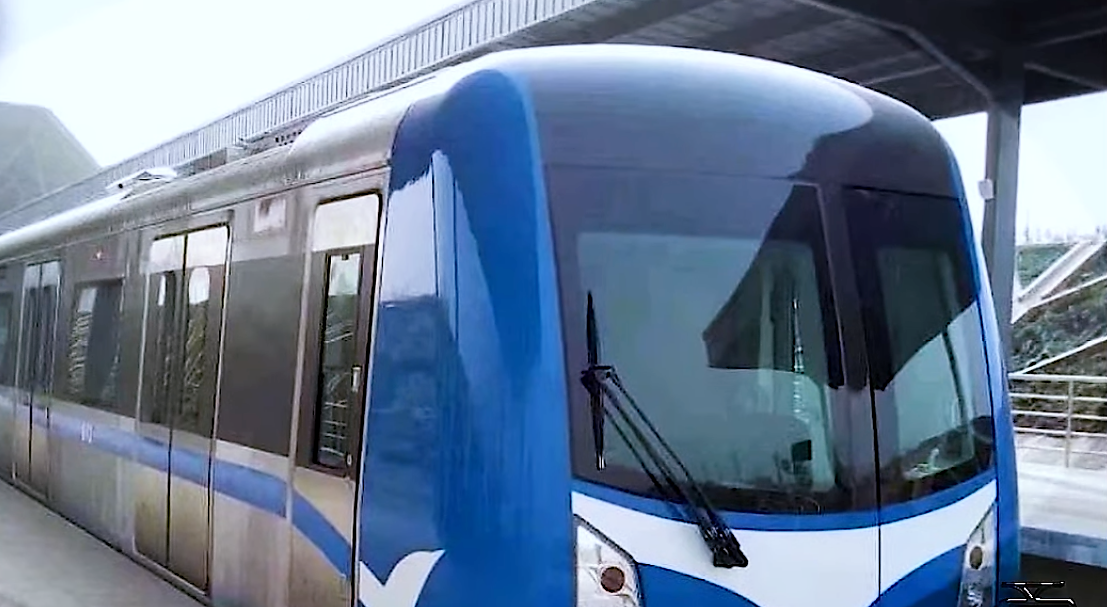
Abuja Light Rail Train
In order to be successful, the project needs to have a project organization that will transform into the “Abuja Rail Mass Transit Authority” which should have a remit for developing a strategy for the effective integration and co‐ordination of the various components that make up the overall system. This would provide the institutional and administrative framework for the development and operation of the rail system as well as provide light regulation concurrently with national and sectoral regulators. In a nutshell, the Abuja Rail Mass Transit Authority should have the capacity to develop and manage a light rail infrastructure and to procure and regulate train operations. This is not apparent from the capacity of the FCTA Transportation secretariat resources deployed.
It is recalled that the rationale for single sourcing the Lots 1 & 3 infrastructure contract was that it was to be an addendum to the Lagos‐Kano modernization contract. The due process report of the BMPIU (Budget Monitoring and Price Intelligence Unit, now Bureau of Public Procurement) reasoned that as the Abuja‐Kaduna and Abuja‐Minna segments of the Lagos‐Kano modernization contract interfaced with Lots 1 & 3 respectively, there was strategic logic in awarding Lots 1 & 3 as an addendum to the Lagos-Kano modernization project. The Minna‐Abuja part of the Lagos-Kano national rail line enters into the Federal Capital Territory through Izom‐Gwagwalada‐ Kuje‐Airport‐Idu‐Transportation Centre. It shares the corridor with Lot 3 from the Airport to the Transportation Centre in the Central Business District and before the Airport, i.e. Izom‐Gwagwalada‐Kuje‐ Airport, it shares the corridor with the commuter rail line which has not progressed beyond feasibility stage. However, with a rephasing of the Lagos‐Kano project in 2009, the Minna‐Abuja segment is yet to be constructed, whereas work to the Abuja‐Kaduna segment has now been completed. To all intents and purposes therefore, these projects did not progress together as earlier conceived. In other words, any economies of scale that was anticipated from bringing the two procurements (i.e. modernization contract and Abuja Light Rail) under the same contractor were lost.
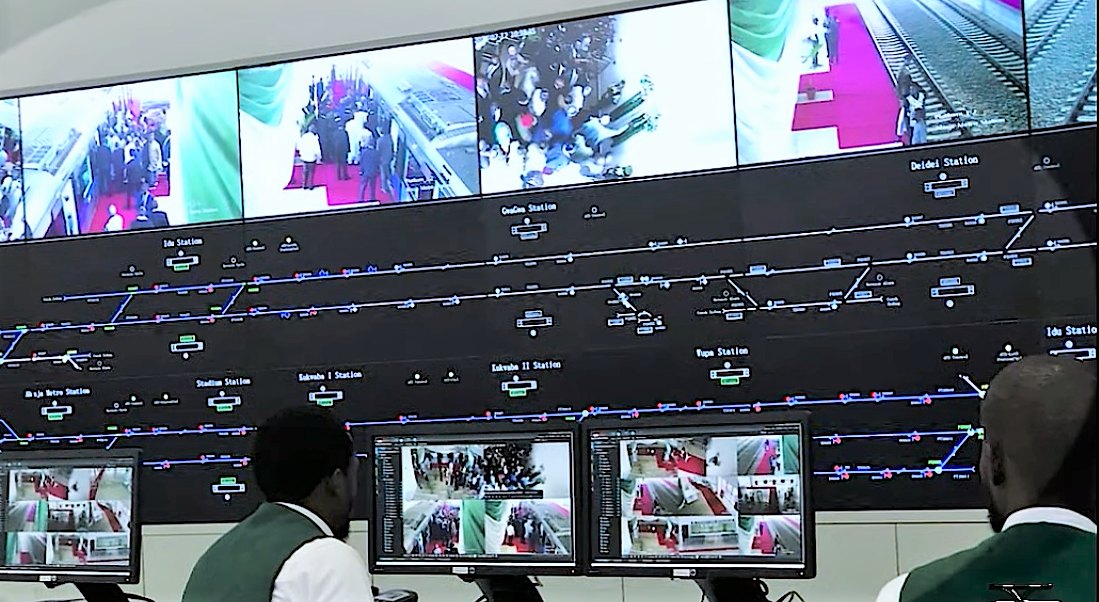
Abuja Light Rail Control Centre
Furthermore, whereas the scope of Abuja‐Kaduna starts from Idu, and the Abuja‐Minna segment was to connect the National Rail to the Transportation Centre along the Lot 3 corridor. Now, with the Transportation Centre as the hub and terminus for all national rail activity into and out of Abuja, there is an apparent disconnect as the Abuja‐Kaduna line terminates at Idu with all Kaduna bound journeys originating from Idu until the Abuja‐Minna line is built to provide the connection to the Transportation Centre terminus. A further issue with the delivery of Lots 1 & 3 is that the FCTA does not appear to have treated the phase (talk less of the global project) as one whole as they should. That is, that the project comprises of an integrated permanent way and operations infrastructure which go together. This is the more apparent as the only component that apparently received attention was the fixed infrastructure element of the phase.
Whereas, the Abuja Rail Mass Transit project can only be adjudged to be a success when trains run efficiently on the permanent way, and not when the contractor handed over the fixed infrastructure. The fact that the operator for the phase is yet to be appointed is sufficient cause for concern because the fixed infrastructure was invariably built without input from a major stakeholder, indeed the one that mattered the most to the success of the project.
The plan to build and operate the Transportation Centre under a separate concession would also create a fragmented and incoherent system requiring a high level of co‐ordination between the operators of the Transportation Centre and all the other train operators whose operations originate, traverse and/or terminate there. These would be the operators of the National Railway concessions operating from Abuja to Kaduna (and perhaps Abuja to Minna) and the operators of Lots 1, 2 & 3.
We are still building railroads like we build a highway whereas, the most critical part of the railway is the operations and its regulation
There is also to be a ticketing concessionaire providing all the automatic fare collection systems across the network. The issue with the universality of the ticketing system is one that requires some reflection as passenger journeys on most networks are usually never confined to one operator and infact tend to involve several operators. For instance, consider a passenger journey originating on Lot 1(say at Wuse) and terminating on Lot 2(say at Nyanya) with both lines having different operators. The passenger should be able to buy one ticket for the entire journey and the ticketing and gating systems on both lines should be able to validate the ticket regardless of where it is purchased on the network. This throws up some problems for the Abuja Rail Mass Transit project as being undertaken. The first is that the CCECC scope for Lots 1 & 3 already requires the contractor to provide an automatic fare collection (ticketing and gating) system. The further issue is more complex and concerns the integration of the CCECC supplied ticketing equipment with that supplied by others.
In sum, it is proposed to implement a heady mix of concessions on the Abuja Rail Mass Transit. Lots 1 & 3 would have an operations and maintenance concession. Lots 2,4,5 & 6 would have BOT (build, operate and transfer) concessions. Transportation Centre would have a separate BOT concession, while the ticketing system would have a separate BOT concession. Even in countries that have a history of railway operations, such a mix of vertically integrated as well as vertically separated and horizontally separated concessions could be taxing for the most adept railway regulator which Nigeria currently lacks.
The scope of the fixed infrastructure contract for Lots 1 & 3 includes an extended maintenance period of 5 years post completion. This would create conflict with the operator who may prefer to have total control of the fixed infrastructure on which he is carrying out train operations. The scope of works also includes the provision of signalling and communications equipment which are normally extraneous to a railway fixed infrastructure contract as these are better reposed in the operator for seamless operational reasons.
The DFID/NIAF of the UK provided technical assistance to the FCTA in drafting a manual for a Transit Authority. The fixed infrastructure contract for Lots 1 and 3 contained a provision for capacity building of FCTA resources. What was not readily apparent was a holistic strategic assessment of the human resources requirements of the FCTA, its integrated development and deployment in a manner that is consistent with the programmed implementation of the project in order to effectively fulfil the FCTA’s role in the delivery of an efficient and sustainable cost effective rail mass transit service.
So the current status defies strategic logic and begs a cogent rationale. The reason for limiting the infrastructure to Lot 3 is perhaps financial and reflects government’s penchant for signing agreements without a clear delivery plan.
Residents complain that the first phase of the project sites at Idu station is far from where the people are, could there be reasons why the project was sited that far?
Transportation Centre which is in the Central Business Area near the National Hospital and the Idu Station are major transport interchanges with the National railway linking the Lagos-Kano and Warri-Abuja heavy rail. They are like Kings Cross, Waterloo, Victoria or Euston Stations in London where buses, mainline railway and metro lines meet. The Abuja-Minna part of the Lagos-Kano line will go to the Transportation Centre through Idu. The Warri-Abuja line will also enter Abuja on the same alignment joining it at Gwagwalada. It is the missing link at present and why travel to and from Abuja are originating and terminating at Idu. For the time being and before these lines are built and put into service, the metro is supposed to bring intercity travellers into Abuja from Idu and vice versa.
The problem is that the metro which for now should take passengers to Idu to catch the main line train to Kaduna and other intercity destinations isn’t working. The network is also under developed and has not been extended to where most Abuja residents live which are the satellite towns and from where they could travel to Transportation Centre thus rendering it redundant. Notwithstanding, the Airport to Transportation Centre route should be able to see a decent level of patronage if only trains ran on it.
The metro which for now should take passengers to Idu to catch the main line train to Kaduna and other intercity destinations isn’t working
There are reports that the project has stalled, what could be the possible cause of the failure sir?
To my mind, there are a number of issues impeding progress. First is that the government has not created the appropriate transit authority to run and regulate the metro. This is pari passu the NRC Act which vests exclusive authority to own, operate and regulate railway in the NRC. A constitution amendment has now addressed this restriction to an extent but the NRC Act still needs to be amended.
Second problem is funding. Metros are expensive and like most passenger rail, need subsidies to function optimally. The Abuja Rail Mass transit has not been adequately funded.
Third is the incoherent delivery strategy employed. Nigeria builds railway like it builds roads and things cannot work that way. Railways need close integration between the infrastructure and operations. You don’t build track without first figuring out how you will run the operations. Railway equipment have long lead in time to manufacture. You must order your equipment e.g. rolling stock etc in good time so that they arrive as the infrastructure is ready. In our case, we build infrastructure and then order equipment which may take 2 years to be ready. The infrastructure then gets vandalised while you are waiting for the equipment to arrive. When the equipment arrives, you find the infrastructure is no longer fit for purpose. The safest railway infrastructure is one with trains regularly running on it.
Any vandal who dares to go on the track will get run over. Metros are rapid transit systems with typical headways of about 5 mins and 3 mins at peak times. So you need lots of train sets. In the case of the Abuja light rail, the private operator was not procured and instead the NRC was brought in as a stop gap.
It appeared some of the equipment for the project has been carted away by hoodlums, what could have been done to prevent this sir?
As explained earlier, running trains is the best safe guard for the infrastructure. Also a security system such as CCTV and fencing is also helpful to protect assets and the public such as children and vagrants from straying into harm’s way on an operational railway. Don’t forget that occupiers liability protects even trespassers and railway operators are expected to take reasonable measures to protect the public. We must also appreciate that some of these so called “hoodlums” may be aided and abetted by officials so it is imperative that the security systems are holistic and auditable.
Based on the original intention for the project, if fully completed residents would enjoy some ease in transportation system in Abuja. What should be done to ensure the project achieves its purpose sir?
We need to go back to the drawing board and do some serious stock taking. Government needs to listen more and not to itself but to those with knowledge. There is an urgent need to preserve what has been invested to ensure that it is not all lost to pilferage and vandals. We are watching helplessly as our commonwealth is being frittered away on the altar of apparent official indifference.
The metro is an essential transit service. It is designed to enable and support the orderly development of the city and to facilitate movement within the urbanity. Abuja is slowly descending into traffic chaos like Lagos. This was not the plan and there is much that we can do about it.
Government needs to listen more and not to itself but to those with knowledge
Abuja is still a small city albeit a growing one. The metro is not primarily designed to be profitable else the farebox would be prohibitive but generally a private operator under a subsidy regime is more efficient than a government run operator. This was well understood in the conceptualization. A private operator will provide better value for money while civil servants are more suited to regulation. Private operators take calculated risks and find efficient ways of getting things done so they can make money.
The FCTA needs a Transit Authority. That’s the starting point. They do not appear to understand how to run a metro. The Nigerian Railway Corporation (NRC) that they rely upon do not know how to either and have never run a metro before. Suffice that they are struggling with their own chaotic railway business as it is. The NRC’s history of inefficiency and repeated bankruptcy hardly recommends them. The FCTA have had the benefit of some good advice over so many years but have apparently not heeded them.
We are still building railroads like we build a highway whereas, the most critical part of the railway is the operations and its regulation. Metros are also a separate aspect of railways and different arrangements and strategies are required to organise metros as compared to heavy rail which is what NRC knows about albeit poorly. To rely on them to bring their flawed capacity to operate a metro albeit temporarily, is simply a trial and error gambit. In reality, what we have is a case of the blind being led by the one eyed. It has only one possible outcome – Stasis. They will keep buying one equipment after the other without an understanding of how the various parts come together synergetically to make a decent whole. That sadly is the classic story of a government run railway. Don’t forget that only Lots 1A and 3 have been built and that Lots 1B, 2, 4, 5 and 6 have not been broached. The journey to the fulfilment of an effective and coherent Abuja Light Rail system is therefore still in its infancy 16 years on and is already derailing. This is a project that needs to be salvaged for the sake of our country and our future. So help us God!
The Insight Report
Nigeria Coverage

